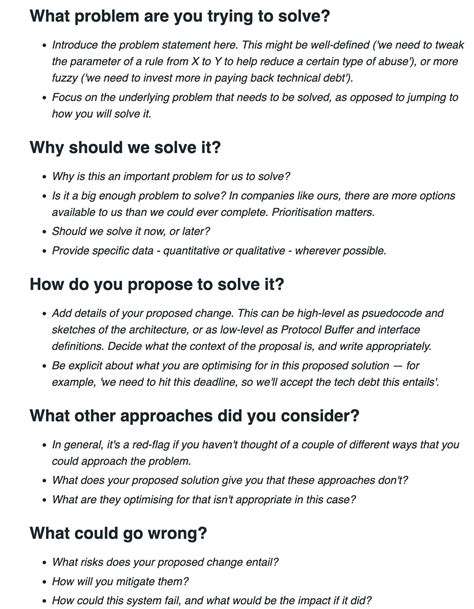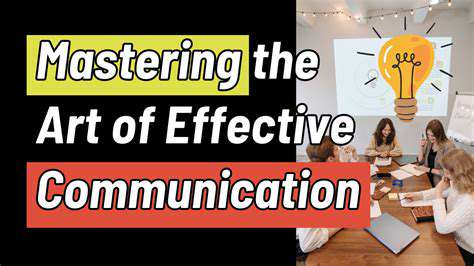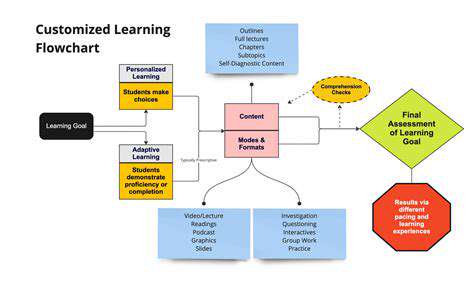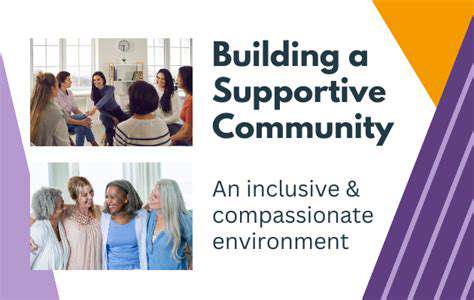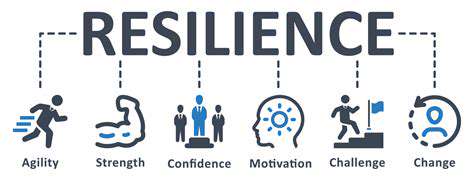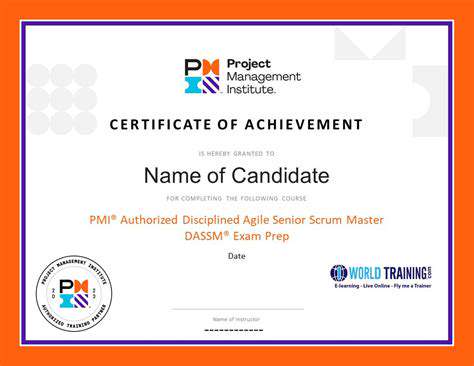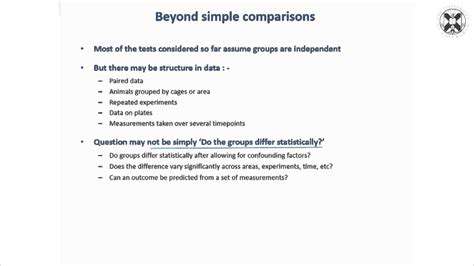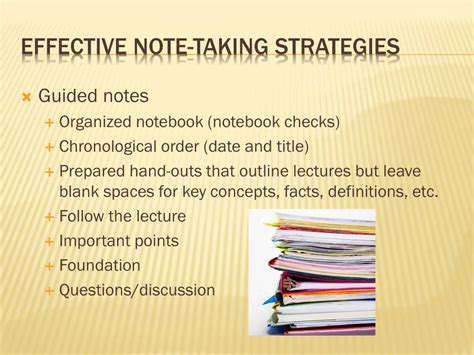Best Ways to Improve Your Teamwork Skills
Mastering Conflict Resolution: Navigating Disagreements Constructively
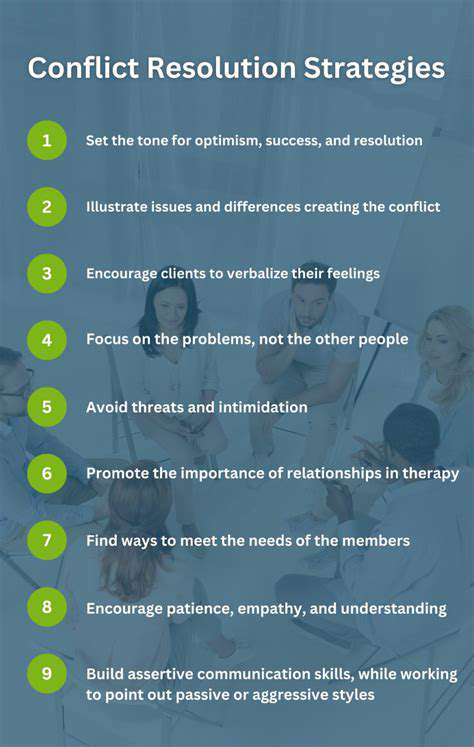
Navigating Disagreements Constructively
Let's be honest - conflict isn't about winning arguments; it's about finding solutions that work for everyone. The real magic happens when we dig beneath surface-level disputes to uncover what's truly bothering people. Picture this: you're in a heated discussion, but instead of talking over each other, you're actually listening. That's when breakthroughs occur. People often clash because they feel unheard or misunderstood, not necessarily because they disagree on facts.
Here's something most people overlook: communication isn't just about what you say, but how you say it. When you replace You're wrong with Help me understand, you create space for real dialogue. Try this technique - after someone speaks, paraphrase their point before responding. It forces you to truly process their perspective rather than just waiting for your turn to talk. This simple shift can transform tense standoffs into productive conversations.
Practical Strategies for Resolving Conflicts
Every conflict is unique, but some universal approaches work wonders. First, establish ground rules upfront - maybe it's no interrupting or we'll take breaks if things get heated. These guardrails keep discussions from derailing. Surprisingly, setting a time limit for resolution can actually help - it creates urgency without rushing the process.
The most effective solutions often emerge when we stop thinking in terms of my way vs. your way. Brainstorming sessions where all ideas are welcome, no matter how unconventional, frequently yield unexpected middle ground. I've seen teams stuck in deadlock suddenly find creative third options when they abandoned rigid positions. Remember, compromise doesn't mean losing - it means everyone gains something valuable.
Sometimes bringing in a neutral facilitator makes all the difference. They're not there to take sides but to ask the tough questions neither party wants to voice. Good mediators have a knack for reframing issues in ways that reveal shared interests. When emotions run high, this outside perspective can be the calm in the storm.
Here's the truth many avoid: conflict, when handled well, strengthens relationships. Teams that navigate disagreements effectively develop deeper trust than those that avoid tough conversations. The key? Viewing conflict as an opportunity rather than a threat. This mindset shift alone can revolutionize how your team operates.
Leveraging Diverse Strengths and Perspectives: Embracing Teamwork Diversity
The Real Power of Diverse Teams
A team with varied backgrounds isn't just politically correct - it's strategically smart. Different life experiences mean different problem-solving approaches. Where one person sees obstacles, another spots opportunities. This cognitive diversity leads to solutions homogeneous groups would never imagine. The data backs this up: diverse teams consistently outperform their more uniform counterparts in innovation metrics.
But here's the catch: diversity without inclusion is just tokenism. True value comes when every voice feels safe to contribute fully. That's why the best teams don't just tolerate differences - they actively seek them out. They understand that the friction of contrasting viewpoints often sparks the brightest ideas.
Building Genuine Inclusion
Creating an inclusive environment requires more than good intentions. It demands deliberate actions. Start small: ensure meeting protocols give equal airtime to all participants. Watch for subtle cues - who gets interrupted most? Whose ideas get attributed to others? These micro-behaviors reveal whether your inclusion efforts are working.
Consider implementing silent brainstorming where everyone writes ideas independently before sharing. This simple technique levels the playing field for introverts and non-native speakers. Regular culture lunches where team members share personal traditions can build surprising bridges. The goal? Make differences assets rather than obstacles.
Communication That Actually Works
In diverse teams, assume nothing about communication styles. Some cultures value directness; others prefer nuance. The solution? Create a team communication charter where members explicitly state their preferences. Maybe it's give me time to process before responding or please be blunt with feedback. This transparency prevents countless misunderstandings.
One powerful practice: designate a devil's advocate in meetings to intentionally surface alternative views. Rotate this role to avoid pigeonholing any one person. This structured dissent prevents groupthink while validating diverse perspectives.
Turning Challenges Into Strengths
Let's not romanticize diversity - it's messy. Conflicts will arise from cultural misunderstandings or competing values. The solution isn't avoiding these clashes but addressing them constructively. Implement conflict protocols where team members agree in advance how to handle disagreements. Maybe it's a cooling-off period or bringing in a mediator.
Invest in cross-cultural training that goes beyond stereotypes. Teach team members to recognize their own unconscious biases through interactive exercises. The most effective training doesn't shame but enlightens - helping people see blind spots they genuinely want to overcome.
Measuring What Matters
Traditional metrics often miss diversity's true impact. Beyond tracking project outcomes, measure psychological safety - do people feel comfortable taking risks? Survey how often minority viewpoints influence decisions. Track participation rates in meetings across demographic lines.
Celebrate near wins where diverse perspectives led to partial solutions. Publicly acknowledge when someone's unique background provided key insights. These reinforcements create a virtuous cycle where diversity becomes the team's superpower rather than just a checkbox.
Read more about Best Ways to Improve Your Teamwork Skills
Hot Recommendations
- How to Stay Productive While Working Remotely
- Tips for Managing Conflict with Coworkers
- Entrance & Certification Exams (升学考试)
- How to Improve Your Storytelling Skills (Speaking)
- How to Find Profitable Side Hustles
- Tips for Preparing for the TOEFL iBT Home Edition
- Guide to Switching Careers from [Industry A] to [Industry B]
- How to Run an Effective Hybrid Meeting
- Tips for Marketing Your Side Hustle on Instagram
